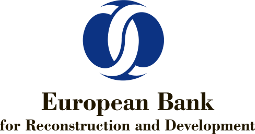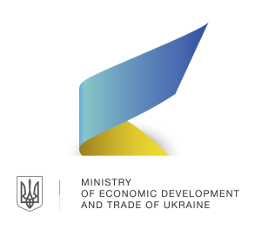Ukraine is rapidly developing its export capacities in the context of its Eurointegration. In 2017 the total exports of goods and services reached 52.6 billion USD, an increase of 16.5%. In the first half of 2018 this growth continued at 11.1%.
The main exports are metals (26.8%), crops and oilseeds (17.8%), and machinery products (10.1%). Ukraine is the #1 exporter of sunflower oil and the #3 exporter of honey in the world. Over 40% of Ukrainian exports go to the European Union. Other major partners are Russian Federation (8%), Turkey (6%), India (5%), and China (4%). As for exporting services, the main driver here is the IT sector, growing on average by 20% per year. In 2017 IT companies exported services for 3.6 billion USD, bringing 3.4% of Ukraine’s GDP, and provided over 100,000 highly-paid jobs for software development specialists.
China is the 6th largest export destination for Ukrainian goods at 2.2 billion USD, purchasing mostly iron ores, vegetable oils, and crops. In the first half of 2018 Ukrainian exports to China have shown strong dynamics and grew by 5.1%.
Ukraine is a new and exciting tourist destination, attracting 14.2 million visitors in 2017, an increase of 6% from the previous year. Only 30 thousand came from China. Tourists mainly come from the neighboring countries: Moldova, Belarus, Russia, and Poland. Ukraine is becoming ever more accessible: in 2017 Ukrainian airports processed 254 thousand flights, 18.5% more than the previous year. In 2018 this growth will continue since a major airline RyanAir started flying from Ukraine in September of 2018. The main tourist destinations are Kyiv, Lviv, Ivano-Frankivsk, Dnipro and Odesa. In the 2017 Travel and Tourism Index by the World Economic Forum, Ukraine ranked 88th of 136 countries.
In 2017 the government adopted the National Export Strategy of Ukraine, the first in 25 years. It focuses on six industries (ICT, creative services, tourism, aerospace and aviation, machinery, food and beverages) and 48 markets, including China. The National Export Strategy has several hundred targets with three main pillars: creating and promoting an environment that stimulates trade and innovation, developing business and trade support services, and strengthening the skills and competencies that enterprises require to trade.





